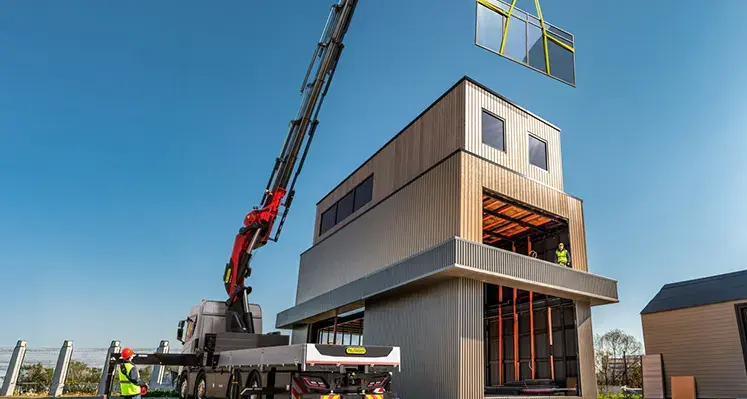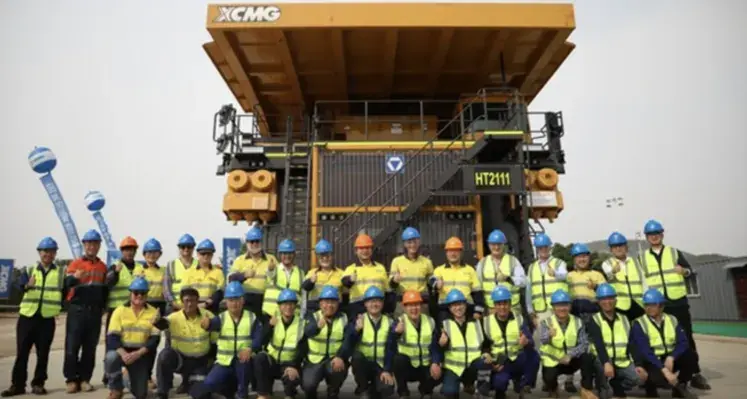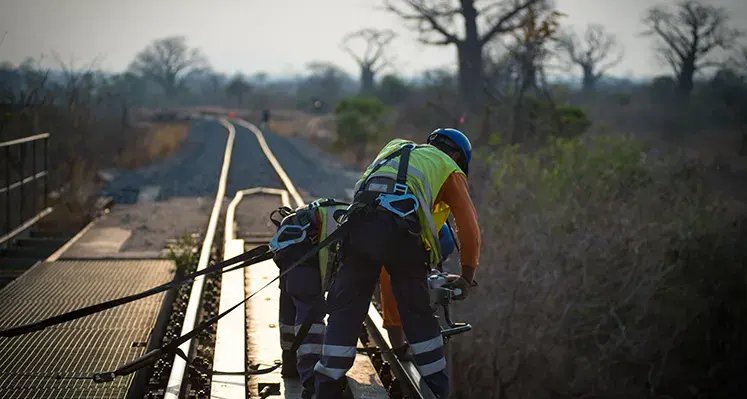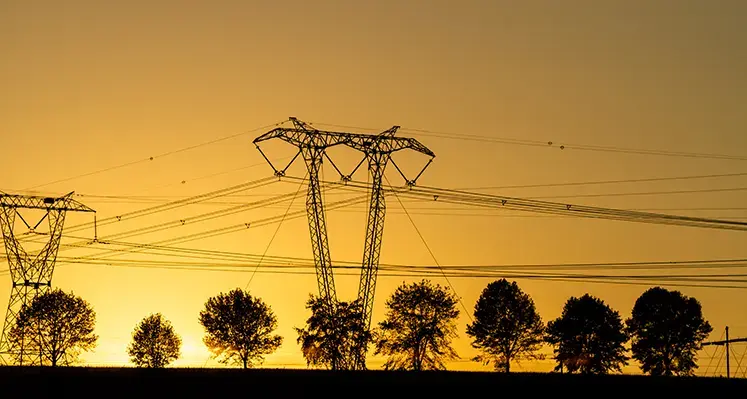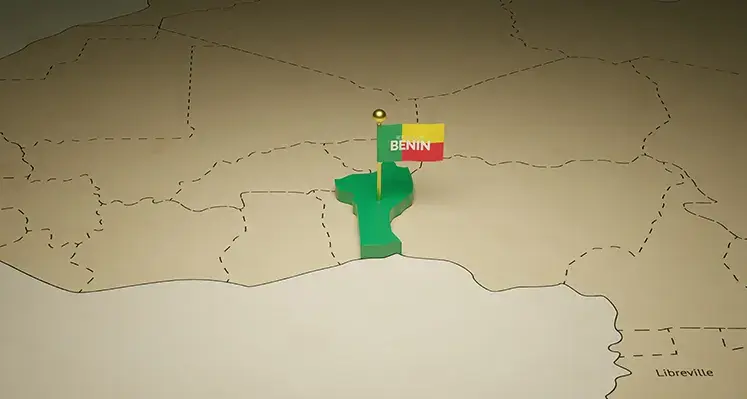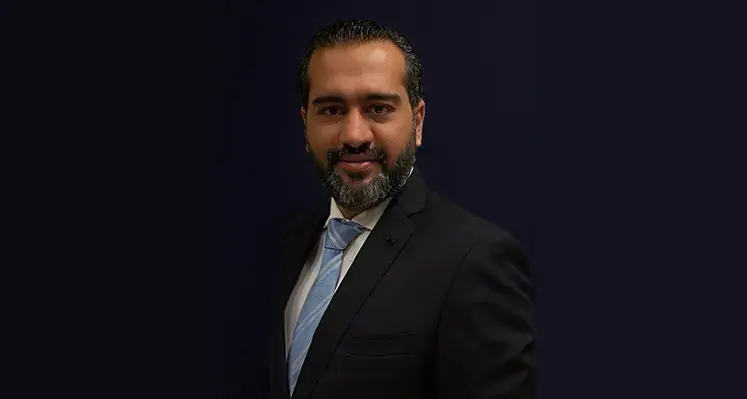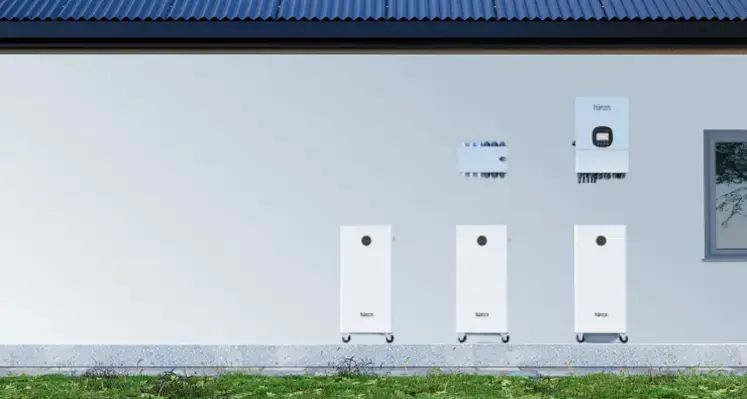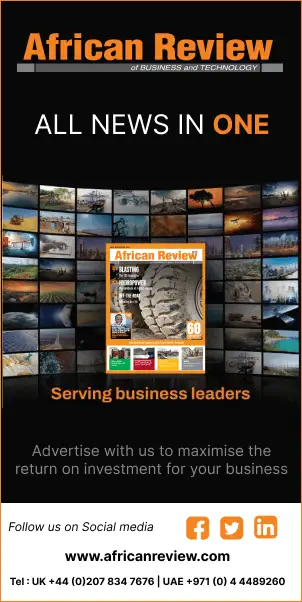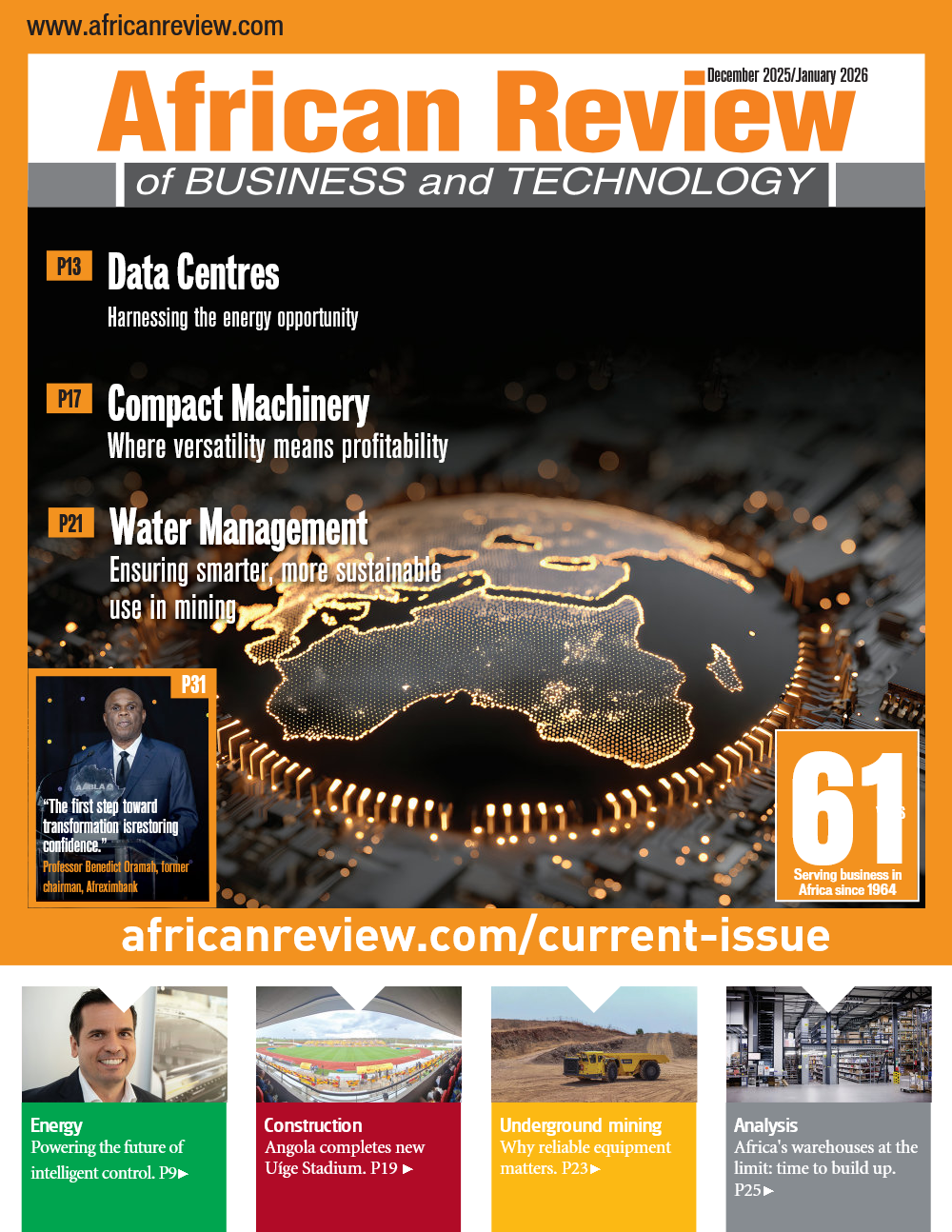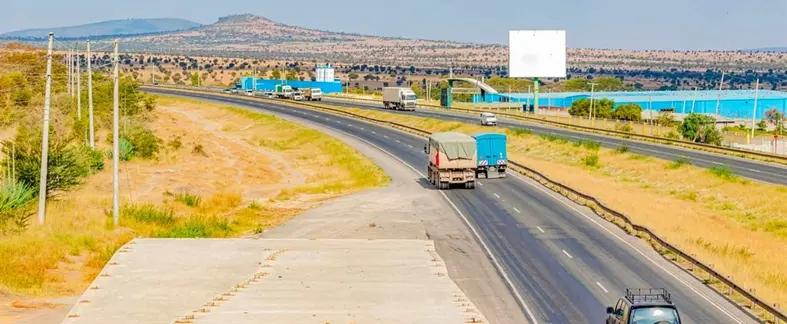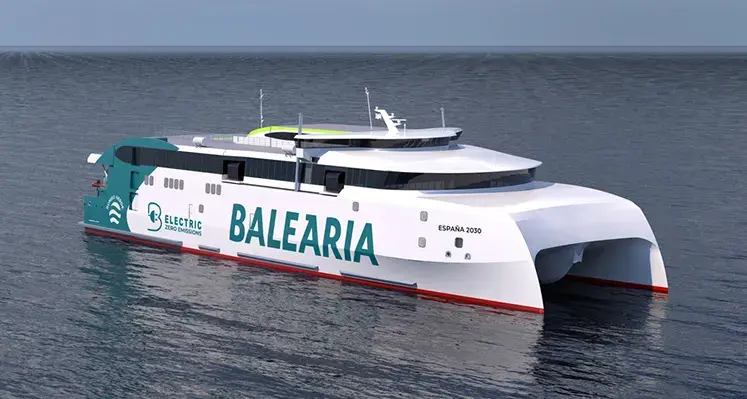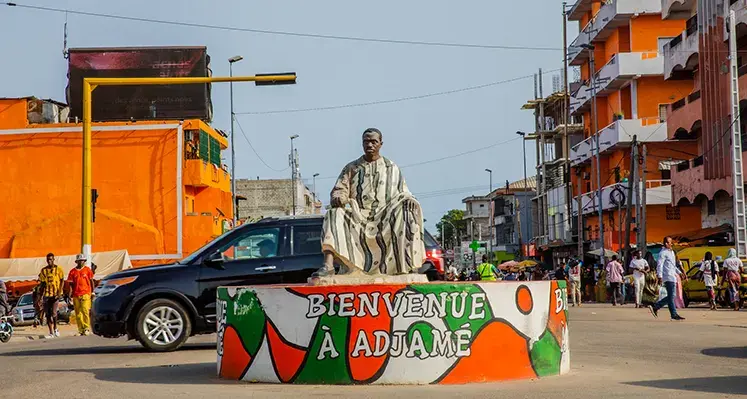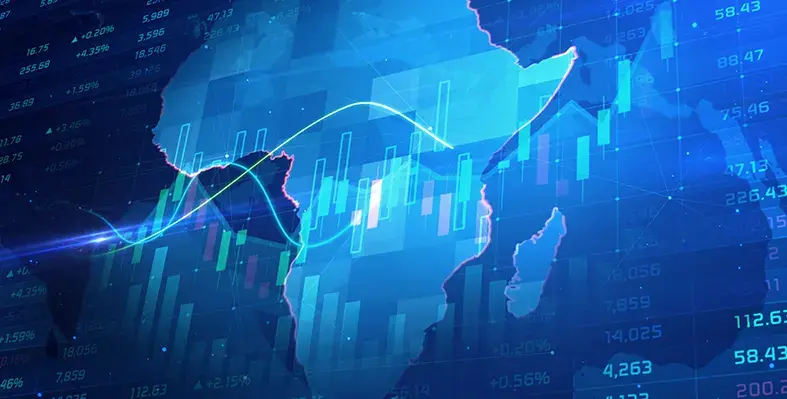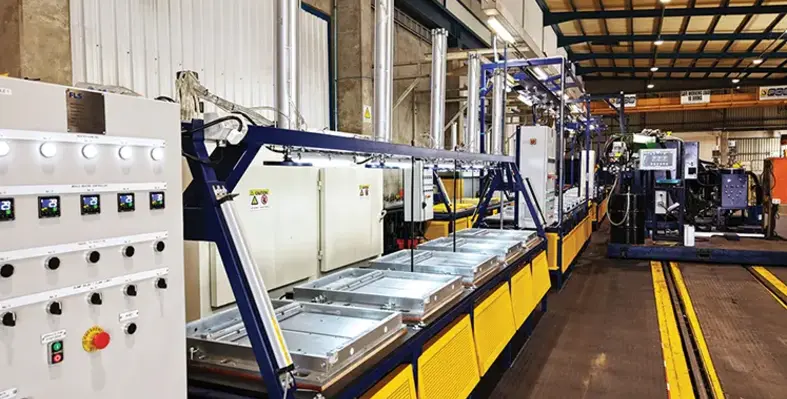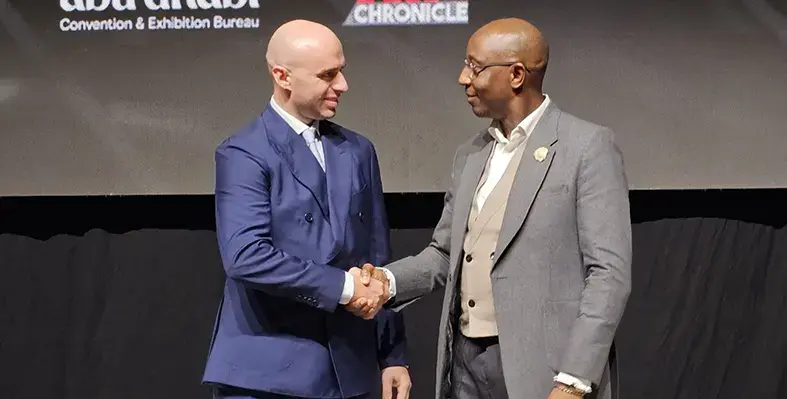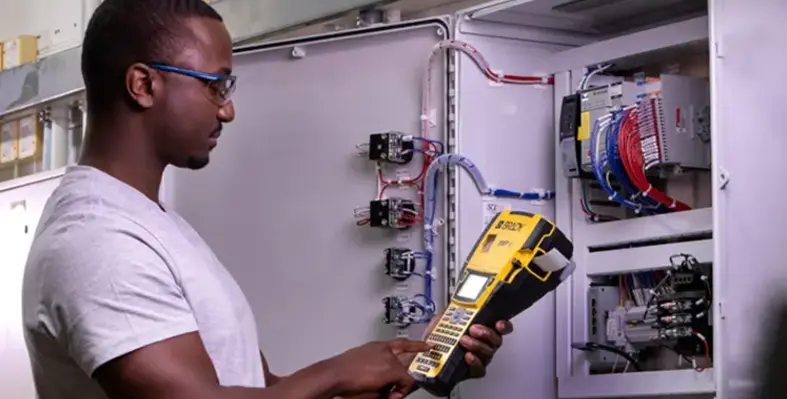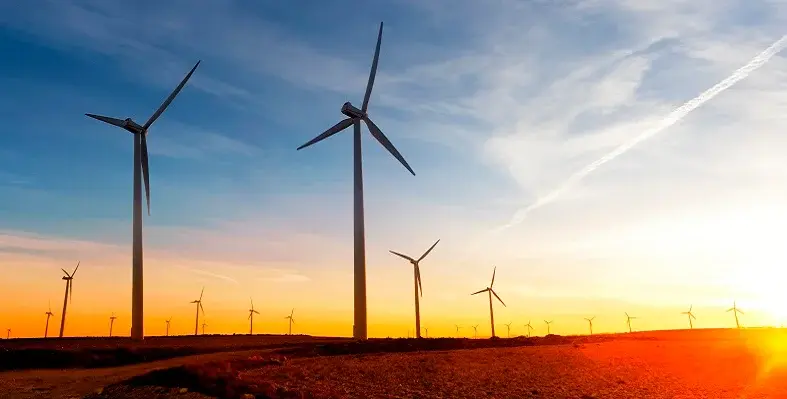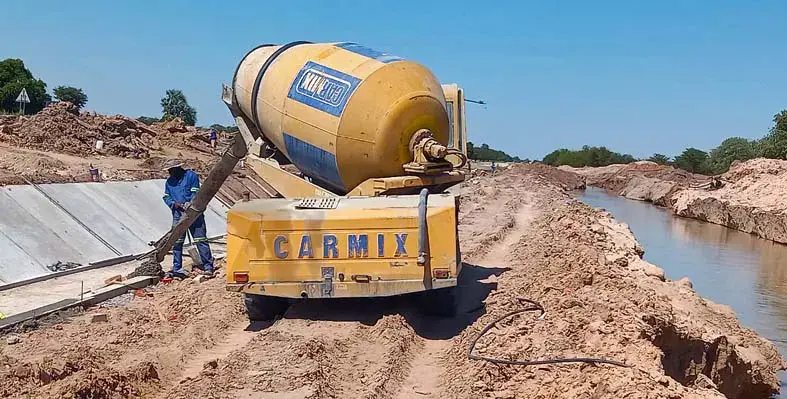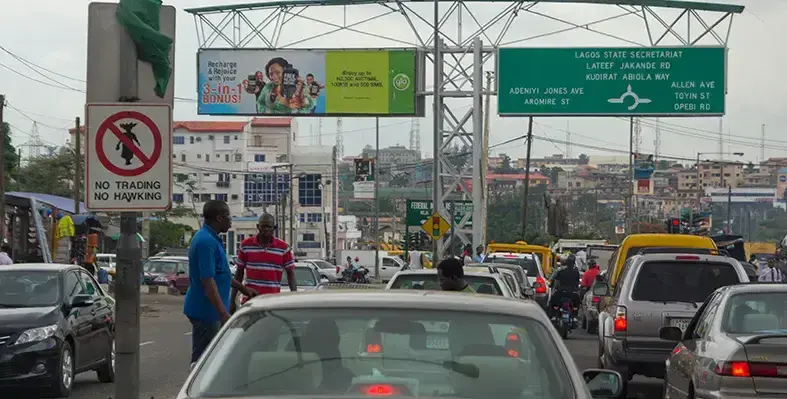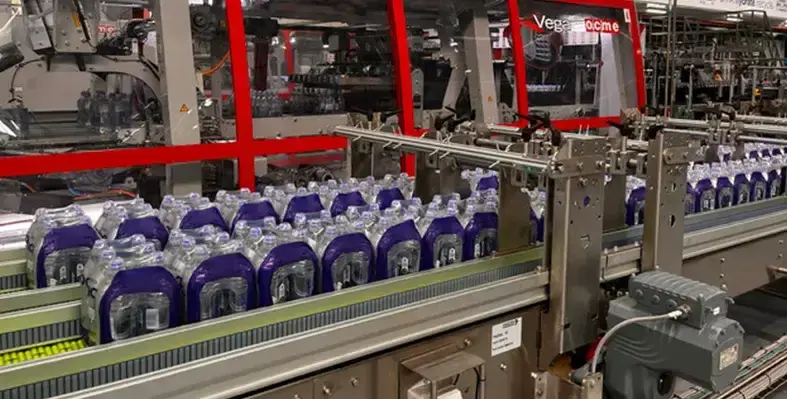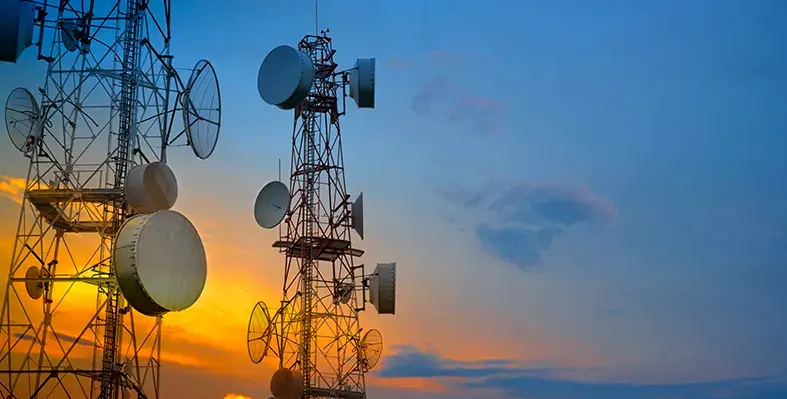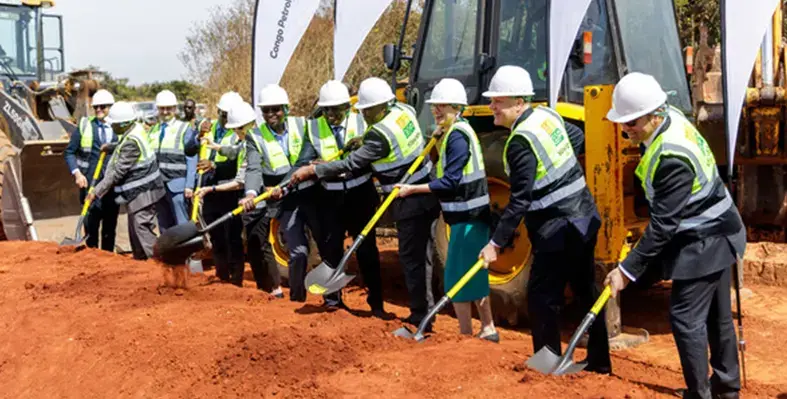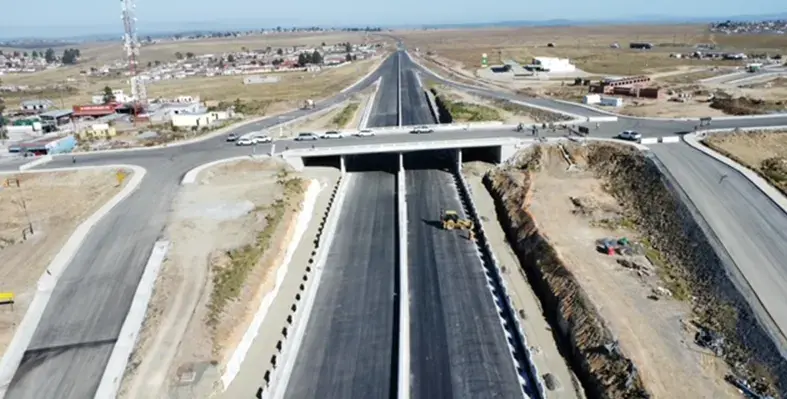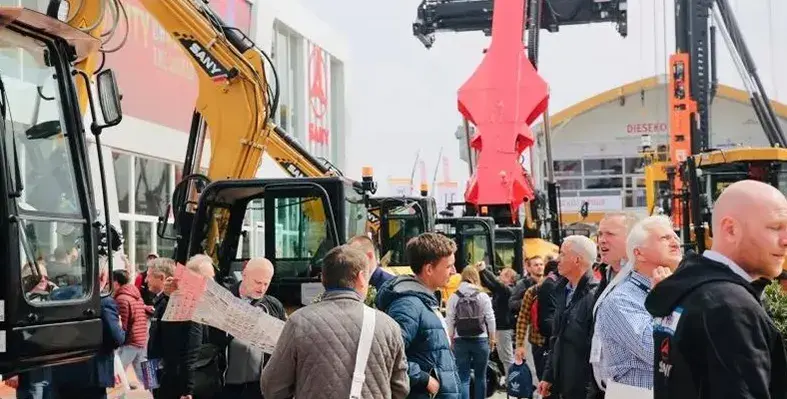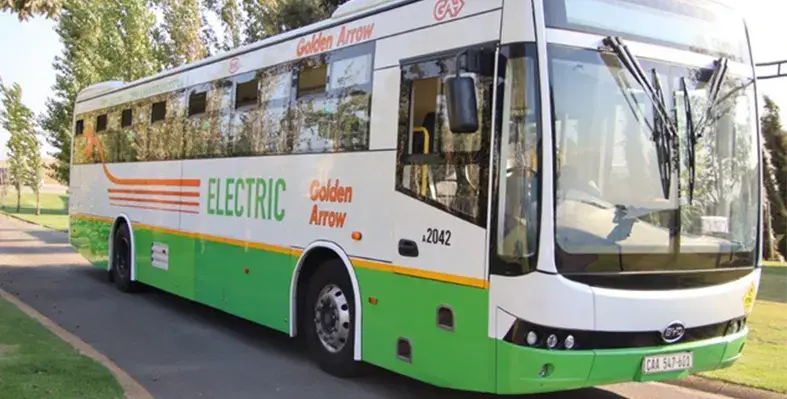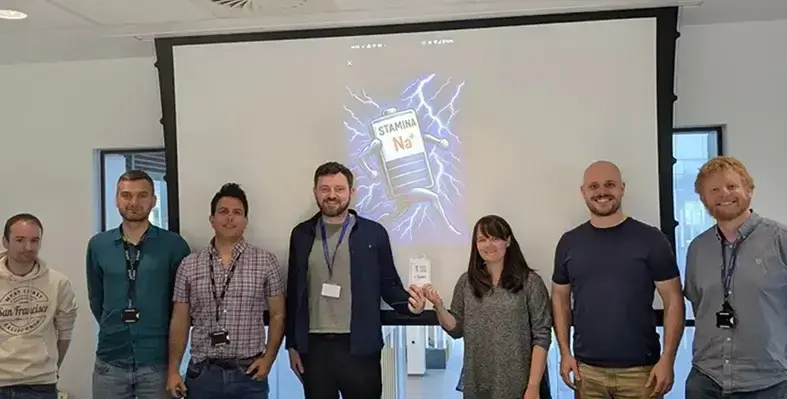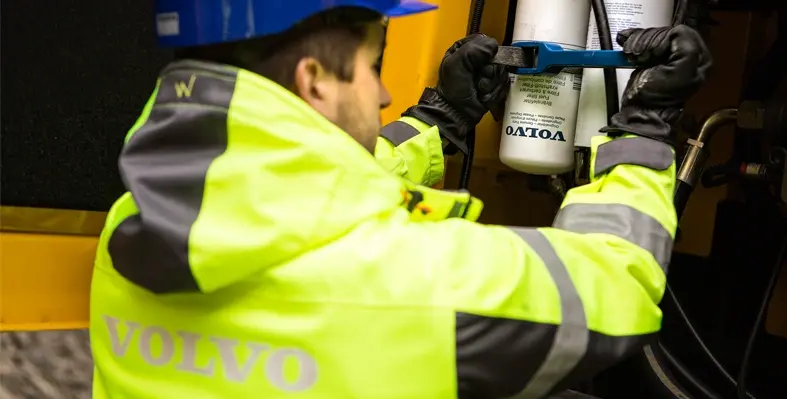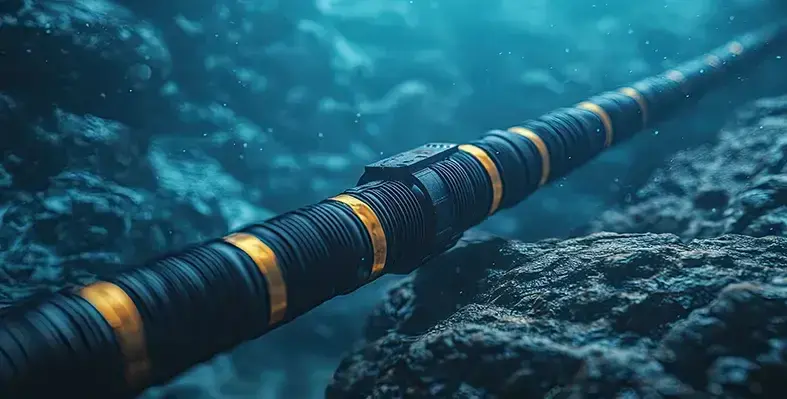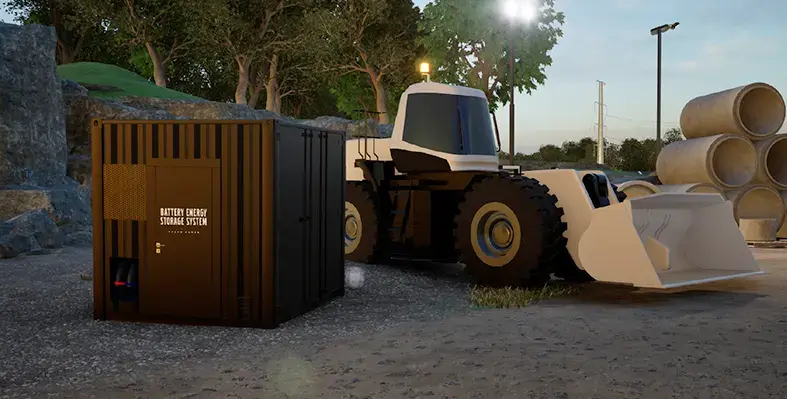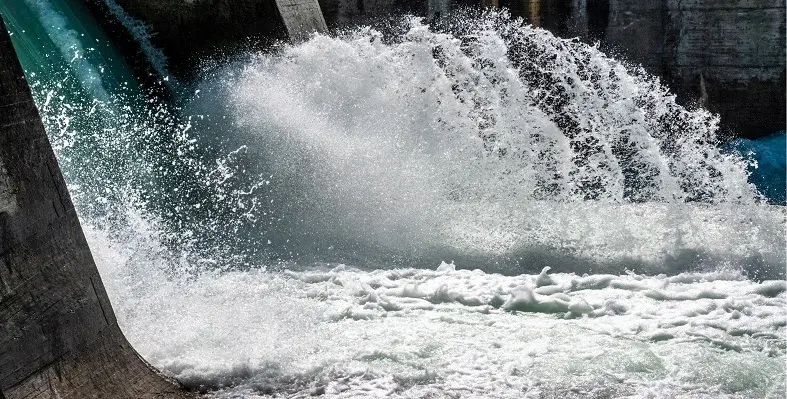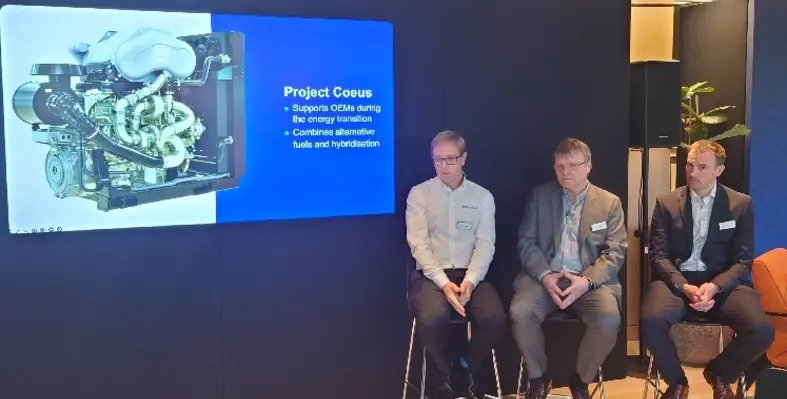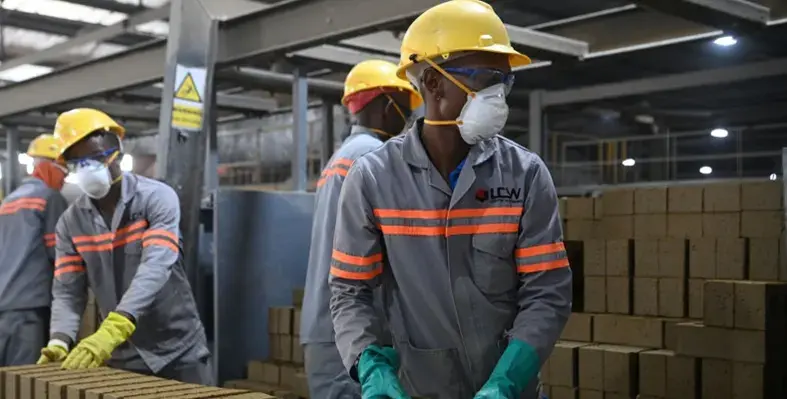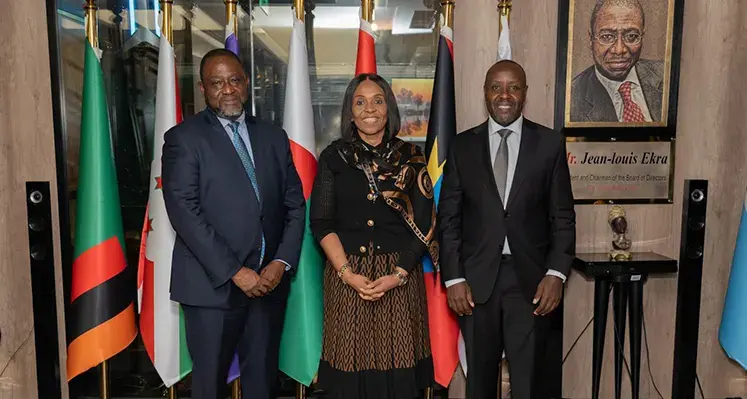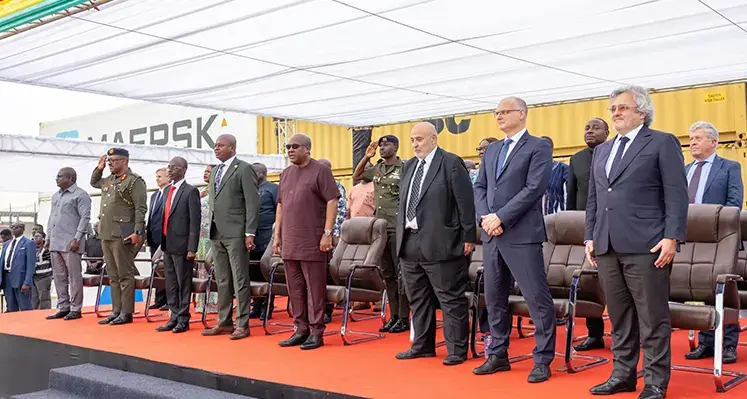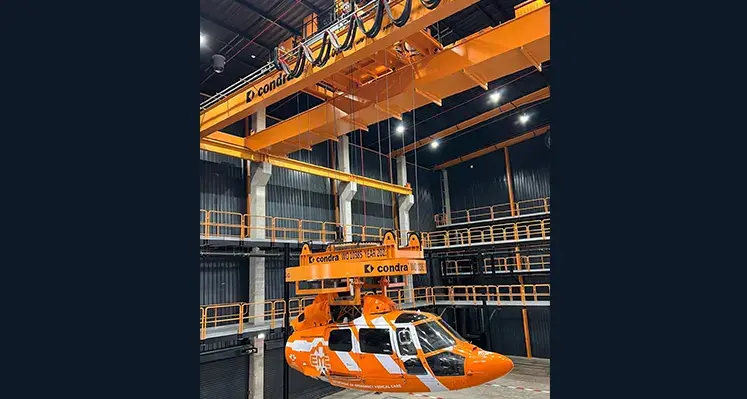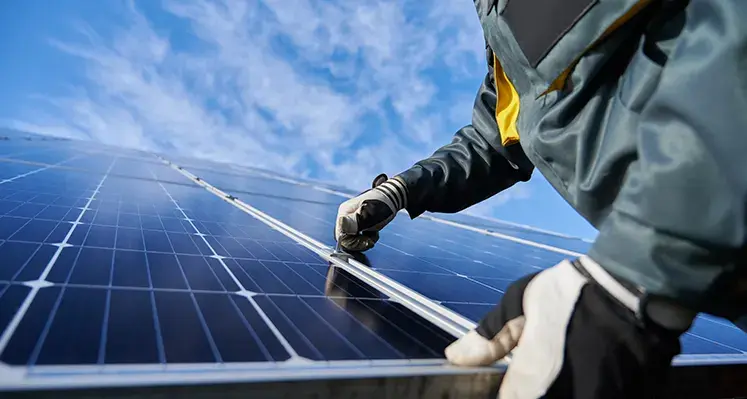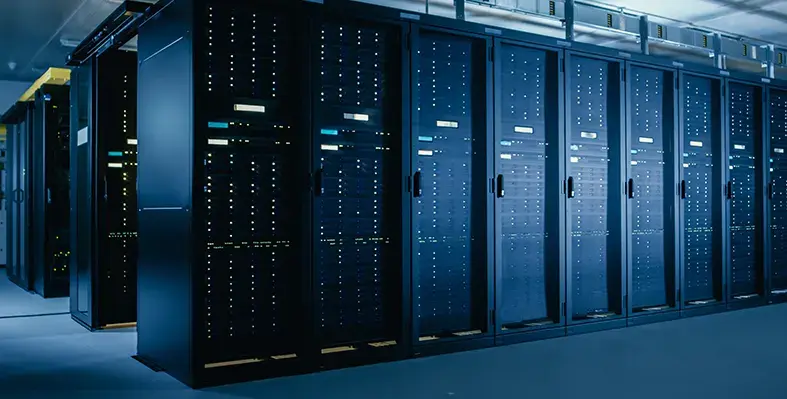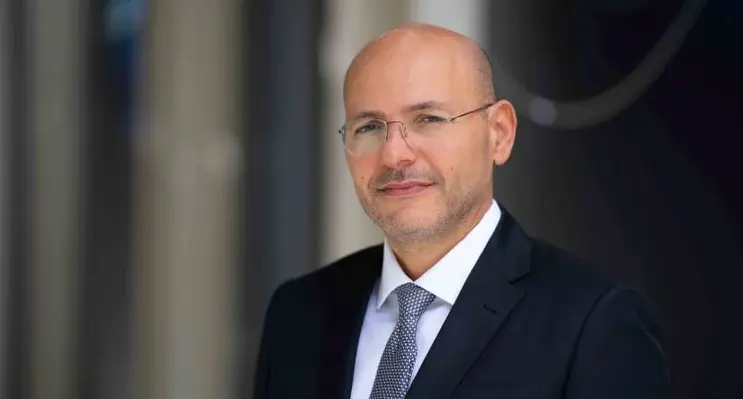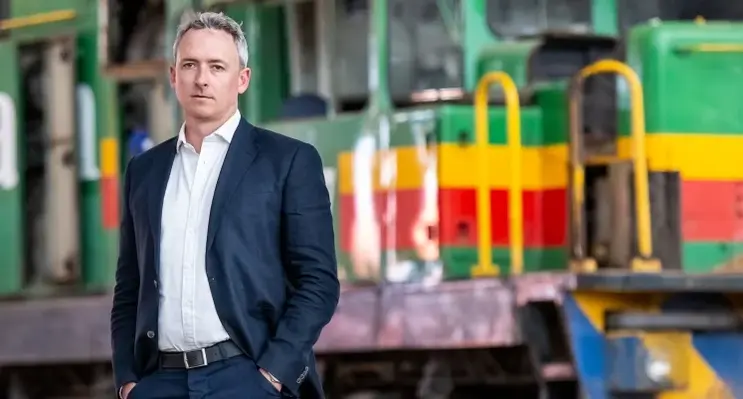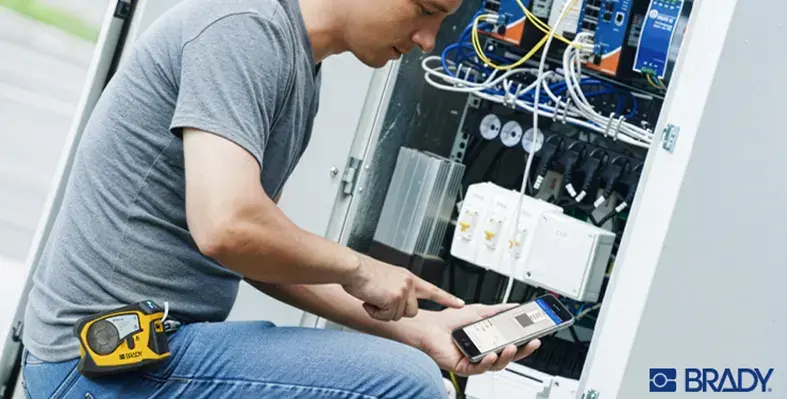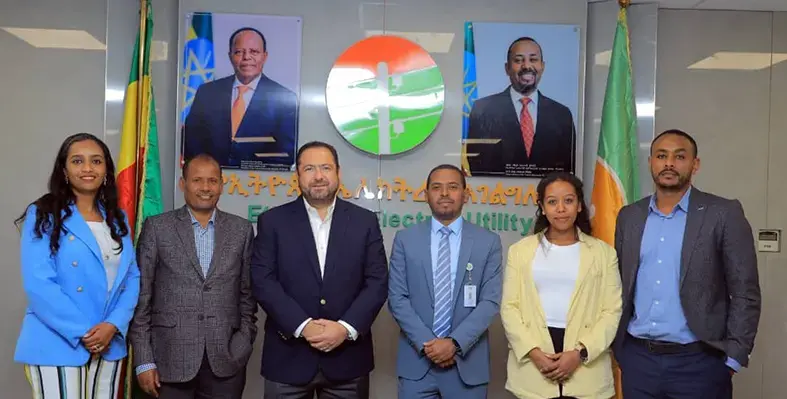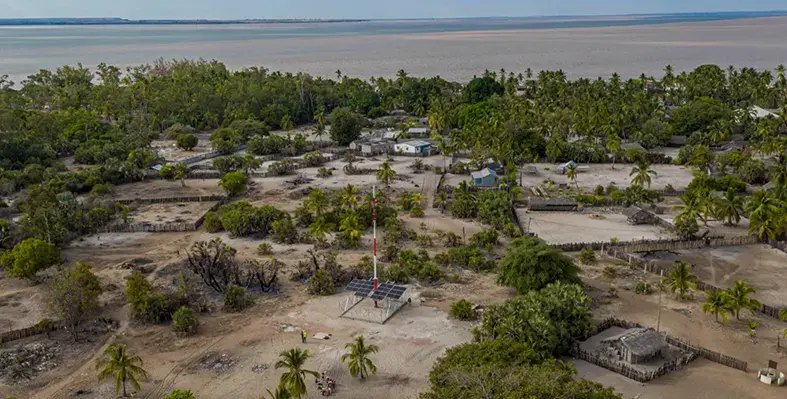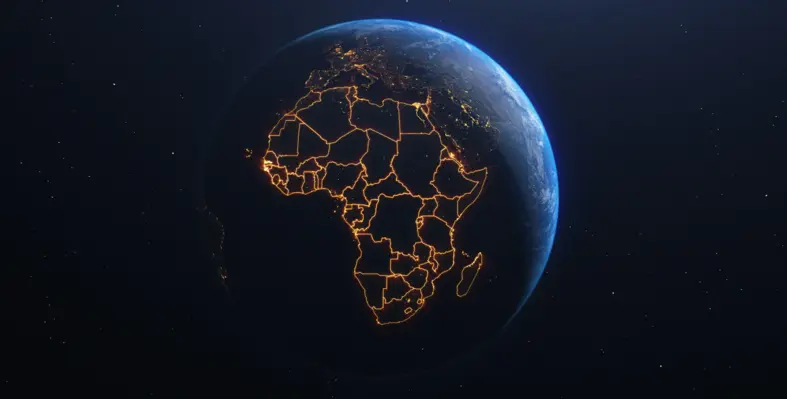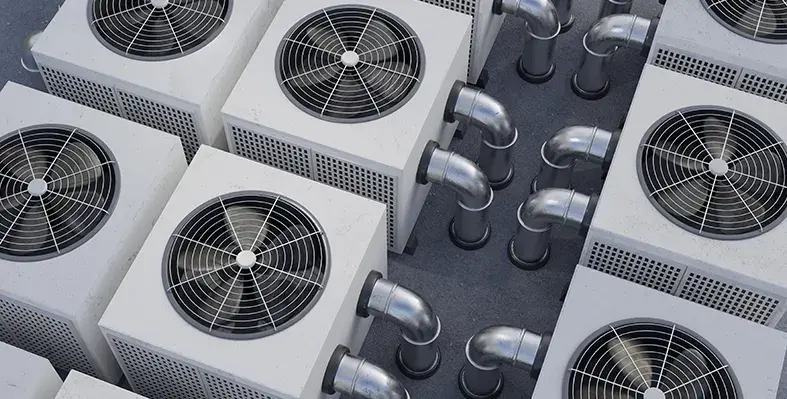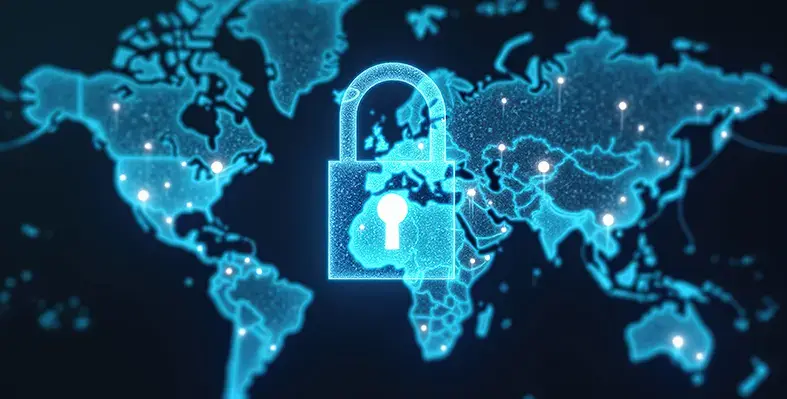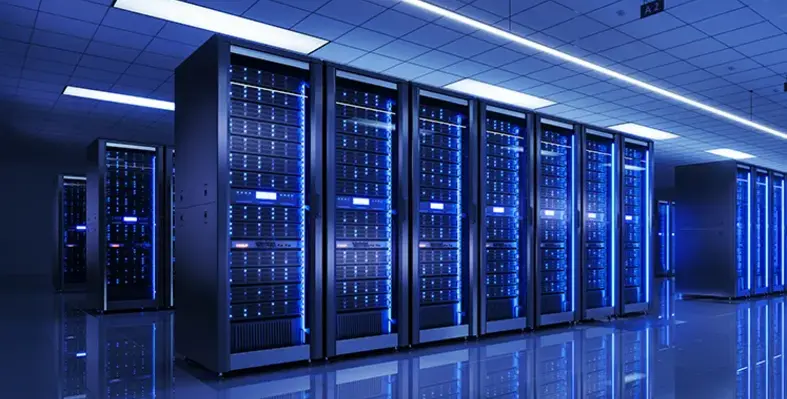In The Spotlight
The European Bank for Reconstruction and Development (EBRD) has made its first investment in sub-Saharan Africa with a pledge to boost Benin’s electricity sector
The bank will provide a €30mn sovereign loan to Société Béninoise d’Énergie Électrique (SBEE), the national power distribution utility.
It forms part of part of a €173mn programme, with planned co-financing by the Agence Française de Développement (AFC) and the European Investment Bank (EIB), that also benefits from a grant under the EU’s Africa Investment Platform.
It will support Benin’s efforts to expand reliable electricity access to underserved communities in the Mono, Couffo and Borgou regions, strengthening the national grid and connecting 600,000 people.
In a statement, EBRD said the loan to SBEE “marks a significant step in strengthening Benin’s national grid, modernising its distribution infrastructure and improving the daily lives of rural communities and vulnerable households, particularly women.”
This rural electrification project is expected to enhance energy reliability and connect to the grid 120,000 new households, across 750 rural villages and towns.
The project involves extending, modernising and increasing the density of the medium- and low-voltage distribution network across the various regions, paired with modern grid enhancements such as improved fault-detection systems and stronger cybersecurity capabilities for SBEE.
“I am delighted to sign our first financing in sub-Saharan Africa only a few months after Benin became a recipient country,” said Dasha Dougans, EBRD’s head of Benin.
“This transformative investment will help expand access to reliable electricity for thousands of families. It will also strengthen the resilience and sustainability of Benin’s energy infrastructure, which is fundamental to accelerating rural development and unlocking economic potential.”
Benin became an EBRD shareholder in 2024 and a country of operation in July 2025.
The bank added that it plans to invest in “sustainable critical infrastructure” in the West African country “that underpins private-sector development” and supports the modernisation and efficiency of enterprises and strengthening of the economic governance of institutions.
Read more:
Infinity Power gets renewables cash boost
Spiro accelerates electric mobility
China's solar panel sales to Africa soar
Hinen has unveiled the H15000T, a 15kW three-phase low-voltage hybrid inverter designed as a next-generation energy solution for Europe and Africa’s three-phase residential and light commercial markets
Developed to meet rising demand for integrated solar, storage and dependable backup power, the H15000T targets large homes and small commercial sites in regions where three-phase systems are common.
In Europe, the inverter aligns well with markets such as Poland, where escalating electricity prices and the push for energy independence are accelerating uptake of high-capacity hybrid solutions. Across Africa, it is positioned for high-end residential customers and small enterprises that require reliable power in areas affected by frequent grid interruptions and heavy dependence on diesel generators.
With electricity tariffs fluctuating and grid reliability under increasing pressure, users in both regions are seeking systems that provide higher output, greater adaptability and stronger backup performance. The H15000T responds with a durable, future-ready architecture built to deliver consistent performance under real-world conditions.
Engineered for practical three-phase applications, the H15000T supports 100% three-phase unbalanced output, enabling each phase to supply up to 50% of rated power independently. This capability ensures stable operation even when loads are unevenly distributed, a typical scenario in large residences, farms, workshops and small commercial facilities.
The inverter incorporates three independent MPPTs and allows 150% PV oversizing, supporting up to 22.5kW of solar input. This configuration maximises energy yield from complex rooftop installations. A low PV startup voltage of 120V allows earlier daily generation, helping users harvest more solar energy and enhance overall system returns.
For backup-intensive applications, the H15000T offers 100–110% continuous overload capacity and can handle close to 200% overload for up to 10 seconds, ensuring critical loads remain operational during sudden demand spikes. A 45A high-capacity bypass current enables peak output of up to 30kW, supporting power-hungry appliances, machinery and commercial equipment. With a backup switching time of no more than 10ms, the system provides seamless transitions during grid outages, protecting sensitive devices and maintaining uninterrupted operations.
The H15000T also delivers rapid charging and intelligent energy control, featuring a 290A ultra-fast battery charge and discharge capability for quicker energy storage and enhanced load support. It is compatible with multiple energy sources, including solar PV, the grid and diesel generators, offering resilience across varied energy environments.
Smart load management is enabled through a dedicated secondary output, allowing users to prioritise essential circuits, while dry contacts support automatic diesel generator start and stop. Multiple operating modes can be configured via a mobile app, giving users the flexibility to tailor energy strategies and optimise efficiency according to their specific needs.
-
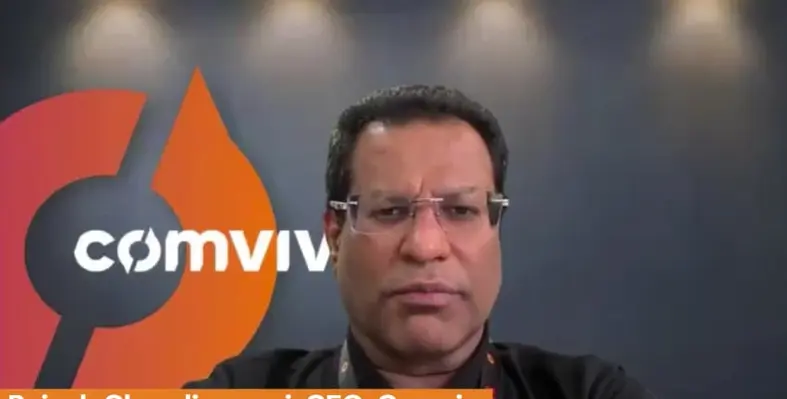
-
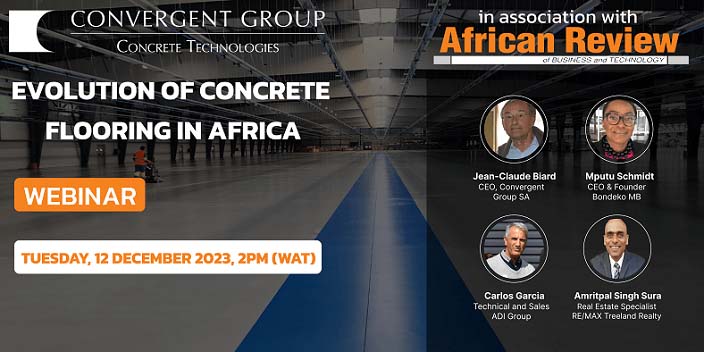
In the final webinar of its African Review-hosted 2023 campaign, Convergent Group explored its modern, eco-friendly concrete solutions for African projects
Such solutions – delivered to cut maintenance costs by eliminating hazardous silicate products – were showcased by company experts in the form of Jean-Claude Biard, SEO of Convergent Group SA; Mputu Schmidt, former CEO of Convergent Group SA and founder of Bondeko MB (exclusive distributor of Convergent Group in Africa); Carlos Garcia, technical and sales for ADI Group (Spanish distributor for Convergent Group); and Amritpal Singh Sura, external consultant for flooring treatments, former distributor of Convergent products in the Middle East.
“A number of projects we were doing in the Middle East required protection,” remarked Sura. “Longevity of protection requires a system which basically impregnates and becomes a densified surface as opposed to something which is topical and lifts off due to moisture migration. I found that being exposed to Convergent, it was important to stay focused on those systems in the Middle East. Jean-Claude, Mputu and I met several times in Dubai and there was emphasis on providing systems which were affordable and still ending up having a robust, lasting longevity of product. So you are not spending money all the time in order to maintain the finishes which you have already paid for.”
Over the course of the session, the participants guided the audience through the potential of cutting-edge lithium silicate technology for enhancing the protection of concrete surfaces, maximising cost-effectiveness and meeting sustainability targets.
-
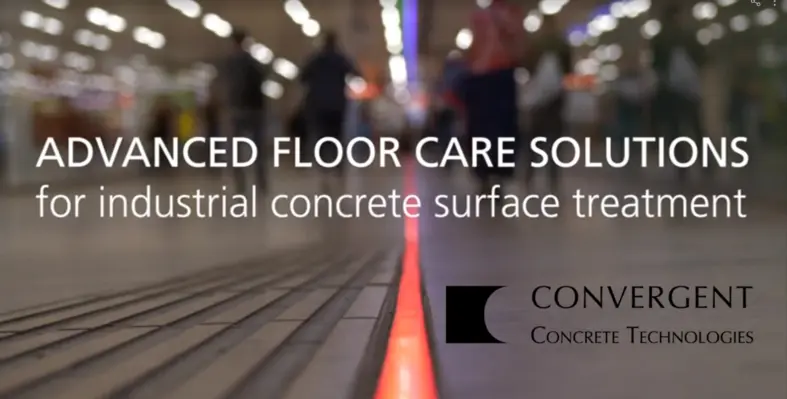
In a comprehensive webinar hosted by African Review, a panel of professionals associated with Convergent Group explored new generation lithium silicate technology and why it is emerging as the optimum solution for concrete floor protection.
Robert Daniels, editor of African Review, was joined by Jean-Claude Biard, CEO of Convergent Group; Mputu Schmidt, former CEO of Convergent and founder of Bondeko MB, an exclusive distributor of Convergent; Hicham Sofyani, president of Texol; Carlos Garcia, technical and sales for ADI Group; and Marc Puig, commercial manager of Comace Import.
Each providing a unique angle, the panellists combined to provide a masterclass around concrete treatments and the increasing challenges around them, explaining to attendees how to choose the right formula for their requirements and touching on issues such as why lithium densifiers are better than sodium and potassium densifiers.
Throughout the session, those watching were treated to informative case studies showcasing how Convergent eco-friendly products are increasing abrasion resistance, raising ease of maintenance, and ensuring the highest quality gloss retention.
By the end of the webinar, a majority of attendees (many of which had not had much experience with Convergent) expressed their interest in using the company’s new generation lithium silicate technology with the rest indicating their desire to learn more about Convergent and its products. Watch the webinar, in full, to discover why viewers were convinced and learn more about advanced floor care solutions for your operations.
-

Presenting on an African Review-hosted webinar, Martin Provencher, global industry principal for mining, metals and materials at AVEVA, explored the digital transformation of mining operations and its impact on sustainability.
“Sustainability is becoming a key aspect for mining operations,” remarked Provencher. “If we look at the latest EY research on the top ten business risks and opportunities for mining and metals globally in 2023, ESG remains at the top. Of course, most companies have environmental goals or are expected to reach a net zero emission by 2050, which is a pretty aggressive target. Many of them are targeting 30% reduction by 2030; seven years from now. So there is a lot of action that needs to take place quickly to get there. It is possible to get there, but we need to make sure we are doing this correctly.”
Fast becoming a huge part of ESG initiatives is fleet electrification where particular progress is being made in underground mines. While some countries are certainly more advanced than others here, Provencher noted that 40% of total emissions from the mining industry come from diesel trucks, making EVs a very attractive low-hanging fruit for companies to pursue.
There are, however, a number of challenges associated with bringing in electric vehicles which remains a barrier for introduction. One of the predominant reasons, is the limited range of EVs against diesel counterparts. To mitigate this, Provencher continued, data management is key and ensuring a strong grasp of real-time information coming in will show operators when machinery needs to be charged, allowing them to plan effectively for maximum efficiency on site.
Indeed, this is but a small advantage that digitalisation can bring to the mining industry as it grapples to meet ESG goals while achieving production targets. By getting a better grip of their data and using it to empower tools such as artificial intelligence, advanced analytics and machine learning, companies can achieve tangible benefits such as reduce downtime, enhance worker safety, cut operating costs and, of course, ensure compliance with environmental regulations and targets.
Through the course of the webinar, Provencher outlined this in more detail and explored AVEVA’s suite of cutting-edge software solutions, specifically designed to help mining companies make progress on their digitalisation journey and empower their operations.
Watch the full webinar, completed with detailed case studies and an insightful Q&A session.
-

-

-
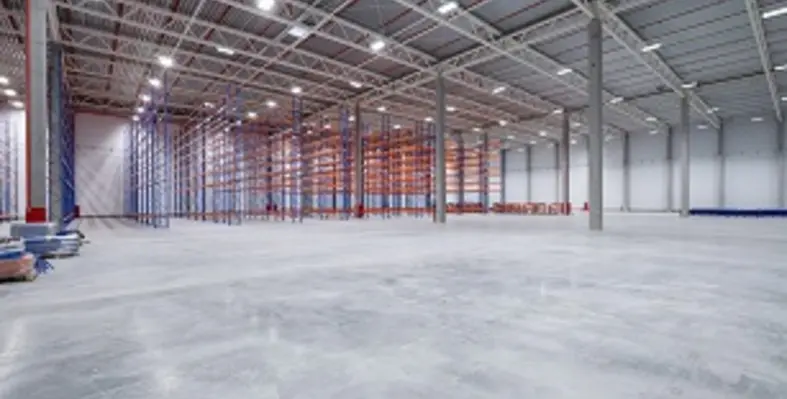
Convergent, in association with African Review, has held a detailed webinar exploring the usage and effectiveness of lithium silicates and densifiers over traditional methods of concrete surface management which often struggle to meet the increasing challenges posed by concrete surface management.
Convergent experts including Mputu Schmidt, CEO of Convergent; Carlos Garcia, product manager end-user solutions, construction chemicals, Spain and Portugal for the RD Group; Matteo Mozzarelli, CEO of concrete Solutions Italia; and Jean-Claude Biard, global senior executive for the Convergent Group, presented across the session.
Together, they delved into the latest cost-effective application methods for long lasting finishing of concrete that can help reduce maintenance costs and avoid unexpected repair action. In addition, they examined the advancements in technologies that can sustain increased abrasion resistant stains and ensure gloss retention to the highest quality.
As part of the webinar, the representatives explored case studies including a case in DRC where a medical centre had been constructed with a low-quality concrete floor. The customer was considering completely replacing the floor but instead, Convergent put forward a special treatment with its 244+ Pentra-Sil lithium hardener, densifier and sealer. With this solution, Convergent can increase the hardness of a surface by up to 40% and therefore saved the customer significant recuperation costs over a complete replacement. Convergent were happy to report that the solution was perfect for the facility and the customer was pleased to avoid the extra construction work that would have been required for a complete replacement.
Watch the full webinar, including more information about Convergent’s innovative solutions.
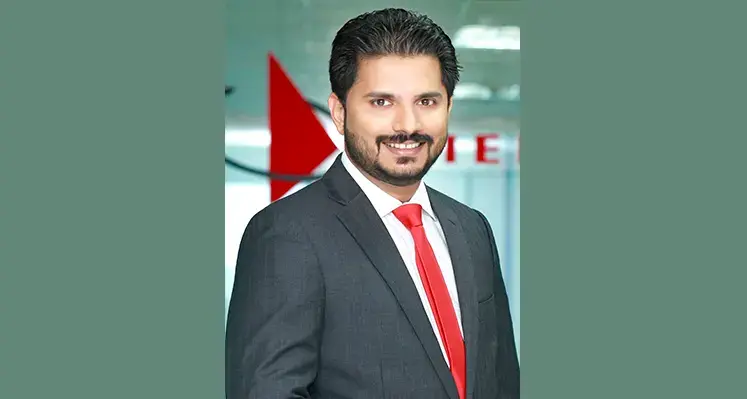
Prem Rodrigues, vice-president sales and marketing for India, the Middle East and Africa at Siemon. (Image source: The Siemon Company)
The Siemon Company, a global leader in high-performance connectivity solutions for data centres and smart buildings, has introduced Smart Building COMPLETE, a fully unified connectivity and cabling ecosystem designed to support the essential technologies driving today’s intelligent workplaces
Covering everything from Wi-Fi and security systems to AV, access control and sensors, Smart Building COMPLETE provides building owners and operators with a comprehensive, field-proven foundation to plan, construct and manage smarter, more efficient buildings and campus environments.
At the core of Smart Building COMPLETE is Siemon’s advanced PowerGUARD+ technology, delivering extended reach of up to 200 metres. This significantly lowers deployment costs and complexity by reducing or eliminating the need for traditional telecommunications rooms, associated equipment, power, cooling and routine maintenance. Engineered to control heat rise and maintain performance at temperatures up to 75°C, Siemon’s patented, independently verified cabling and connectivity offer the reliability required to deliver uninterrupted power and data to a wide range of connected devices.
Smart Building COMPLETE combines trusted technology with a new suite of intuitive planning and design tools that streamline specification and speed up deployment for customers, designers and consultants. The Cabling Reach Calculator assists users in selecting the right cable type based on real installation conditions and required distances, especially crucial for runs extending beyond 100 metres. The Wired for Wi-Fi tool highlights equipment manufacturer requirements and guides users in choosing the correct cabling solutions for each wireless access point. The Backbone Speed Calculator further supports planning by helping determine the fibre backbone needed for Wi-Fi deployments of any scale.
Sustainability remains a central priority for smart building operators, helping decrease energy consumption, cut operational expenses, reduce carbon emissions and enhance occupant comfort. Smart Building COMPLETE supports these goals through energy-optimising technologies and transparent reporting, assisting operators in meeting green building certification requirements. The solution emphasises transparency through Health and Environmental Product Declarations (HPDs and EPDs) and aligns with leading standards such as LEED, BREEAM, LBC and WELL, ensuring cost-effective, healthy and high-performing indoor environments.
“Modern commercial buildings and campuses must deliver more than just space. They are expected to create safe, efficient, and engaging environments that support the people inside them while maximising facility value for those who operate them. Smart Building COMPLETE, through its PowerGUARD+ technology, extensive application support and a commitment to sustainability, helps building owners and operators create dynamic, future-ready workplaces for a more sustainable tomorrow,” commented Prem Rodrigues, vice-president sales and marketing for India, the Middle East and Africa at Siemon.
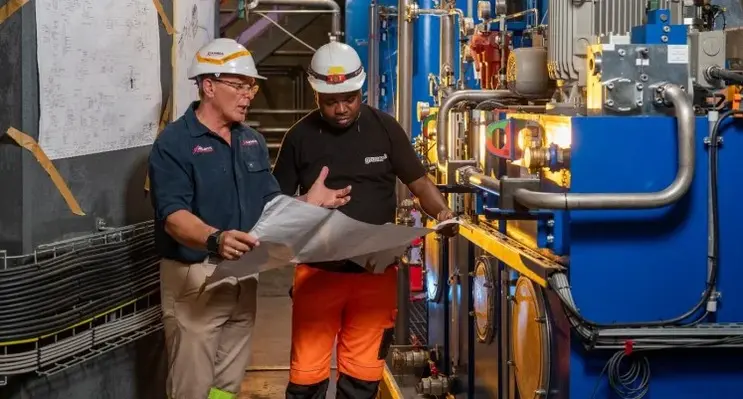
A renewed surge of hydropower from Inga II signals a defining clean-energy shift for the Kamoa-Kakula mine. (Image source: Ivanhoe Mines)
Ivanhoe Mines has confirmed that the Kamoa-Kakula Copper Complex is now receiving its first 50 MW of clean hydroelectric power from the newly refurbished Turbine #5 at the Inga II dam in the Democratic Republic of Congo (DRC)
The 178 MW unit, which has undergone a full mechanical and electrical overhaul, marks a major step forward in securing long-term renewable power for one of Africa’s largest copper operations.
Installation and commissioning of replacement equipment for Turbine #5 were completed between the third and fourth quarters of 2025. Following synchronisation and energisation in early Q4 2025, the turbine has ramped up to full output and is currently delivering approximately 180 MW of hydropower into the national grid.
Kamoa-Kakula is initially receiving 50 MW of this supply, bringing its total domestically sourced power to around 110 MW. Power deliveries from Inga II are expected to increase to 100 MW in the first quarter of 2026 and later rise to 150 MW once key grid upgrades are finalized.
Ongoing infrastructure improvements are focused on strengthening substations at Inga (SCI) and Kolwezi (SCK). The first component, a resistor bank upgrade at the Inga substation, was completed in May 2025. Matching upgrades at Kolwezi are expected shortly, improving voltage stability to the mine.
A new static compensator at Kolwezi is scheduled for completion in early Q1 2026, enabling power transmission to reach 100 MW. Additional upgrades to filter banks at both substations will be rolled out over the next 18 months, supporting an increase to 150 MW of delivered power during the first half of 2027. By the end of 2027, Kamoa-Kakula is projected to have access to roughly 210 MW of domestically sourced renewable energy.
Updated projections show the copper complex’s total power demand rising from 208 MW in December 2025 to 347 MW by December 2028. Supply will be met through a combination of SNEL grid power, third-party imports, on-site solar generation, and backup generators.
The refurbishment of Turbine #5 was carried out in partnership with the DRC power utility SNEL, engineering firms Gruner Stucky AG and VOITH, and Kamoa Copper’s project teams. Representatives from these organisations recently visited the turbine hall at Inga II to review commissioning progress and mark the return of the turbine to full operation.
Technical disclosures in this update have been reviewed and approved by Steve Amos, Ivanhoe Mines’ Executive Vice President, Projects, who is a Qualified Person under NI 43-101. Further technical information is available in the Kamoa-Kakula Integrated Development Plan 2023 Technical Report, accessible on Ivanhoe Mines’ website and through its SEDAR+ profile.

AfDB and Algeria’s Knowledge Economy Ministry partner to scale African startups and SMEs, with fresh funds and policy support
The African Development Bank (AfDB) and Algeria’s Ministry of Knowledge Economy, Startups, and Micro-Enterprises have agreed to deepen cooperation to accelerate the growth of startups and small and medium-sized enterprises (SMEs) across Africa
The announcement came at the close of the fourth edition of the Intra-African Trade Fair (IATF 2025), hosted in Algiers from 4 to 10 September. Leading the Bank’s delegation, Ousmane Fall, Acting Director of the Industrial and Trade Development Department, highlighted the AfDB’s central role in unlocking finance for African businesses. “Supporting small and medium-sized enterprises and startups is one of the key pillars of our work, as defined in the Four Cardinal Points of the Bank group’s new president, Dr Sidi Ould Tah,” said Fall. He added, “The Bank will support SMEs through an innovative approach that combines new financing instruments, advisory services, and policy reforms to promote their emergence across the continent.”
Strengthening private sector engagement
Ahead of discussions with Minister Noureddine Ouadah, the Bank delegation met with Algeria Venture, the state-backed startup accelerator. Both sides agreed to enhance cooperation, particularly by linking Algerian startup funding mechanisms with leading private equity and venture capital funds. They also confirmed plans to jointly take part in the African Startup Conference, scheduled in Algiers from 6 to 9 December 2025, which aims to promote innovation, strengthen networks, and attract investment on a continental scale.
Closing IATF 2025, Minister Ouadah announced the launch of a new investment fund for African startups, an initiative championed by Algerian President Abdelmadjid Tebboune, underlining Algeria’s commitment to prioritising youth and innovation in shaping Africa’s economic future.
The AfDB’s Non-Sovereign Operations team also presented financing solutions for the private sector while pursuing new strategic collaborations. Engagements with firms such as Solewant Group, a Nigerian steel and coatings leader, illustrated the Bank’s interest in high-impact African companies.
Showcasing innovation and entrepreneurship
The AfDB further contributed to several IATF sessions, including one organised with UNDP’s Timbuktoo initiative and the African Union on “Building an Enabling Startup Ecosystem,” as well as a discussion hosted by Afreximbank’s African Research and Innovation Centre. These platforms enabled the Bank to highlight its Innovation and Entrepreneurship Lab and its flagship ENNOVA programme, which helps entrepreneurs expand their operations and access new opportunities.
The IATF Advisory Council, in which the Bank is an active participant, announced that Lagos, Nigeria, will host the fifth edition of the fair in 2027. Reaffirming its commitment, the AfDB stressed that trade, entrepreneurship, and innovation remain central to driving inclusive growth and industrial transformation across the continent.
FLS has completed a significant upgrade to its polyurethane manufacturing facility in Delmas, Mpumalanga, positioning the site as a key global hub for the production of its advanced NexGen wear-resistant material
This development forms part of a wider modernisation programme by FLS, aimed at strengthening supply chains, increasing manufacturing efficiency and enhancing
sustainability across its global footprint.
Brad Shepherd, director service line - screen and feeder consumables at FLS, said the investment at Delmas aligns with the company’s global strategy to standardise and optimise production processes.
“This is a milestone for us,” commented Shepherd. “We are integrating cutting edge technology and modern manufacturing methodologies across all our polyurethane plants, and Delmas is leading the way. The upgrade enables us to respond more quickly and reliably to customer needs across Africa, the Middle East and Europe.”
The centrepiece of the upgrade is the introduction of purpose-built infrastructure to produce NexGen screen media - a polyurethane material developed by FLS to deliver extended wear life, reduced maintenance and improved operational efficiency. In on-site trials, screen panels made from NexGen have demonstrated up to three times the wear life of conventional rubber and polyurethane products, making it a gamechanger for industries that rely on high performance screening solutions.
Warren Walker, head of global manufacturing - polyurethane operations at FLS, explained that Delmas is the first of the company’s five global polyurethane plants to complete this transition. “We have installed new, latest generation polyurethane machines, precision tooling and dedicated preheating ovens for inserts,” he said. “This allows us to significantly increase our output while ensuring consistent quality.”
The facility now includes two trommel screen media stations and three screen media stations, each tailored to produce NexGen products. One of the standout technologies introduced is a programmable auto- calibrating polyurethane machine capable of adjusting material hardness to suit
specific applications.
“The flexibility to produce varying hardness levels is critical,” Walker noted. “It means we can tailor our screen media precisely to the customer’s application, ensuring optimum performance and longevity.”
To complement this, a high capacity polyurethane machine capable of pouring up to 42 kg per minute is in operation at the facility. This system is particularly suited to applications requiring large volume pours, such as flotation spare parts and vertical mill components.
The Delmas facility already benefited from a significant upgrade in 2019, when a state-of-the-art six-axis machining centre was introduced for tooling precision, along with robotic welding systems for manufacturing screen media panel inserts and a CNC controlled spiral welding machine to produce wedge wire products. The latest round of investments builds on this foundation and brings the facility to the forefront of global polyurethane production capability.
Energy efficiency was a key consideration in the new layout and equipment design. “We have incorporated smart energy saving features like individual temperature control on each casting table station,” Walker remarked. “This avoids the need to heat large surface areas unnecessarily and contributes to our carbon reduction goals.”
Further supporting these goals is the installation of 300 kW of solar generation capacity at the Delmas site, completed in 2024. Plans are already in place to expand this by another 500 kW in 2026, along with the integration of a battery energy storage system (BESS), enabling greater energy independence and resilience.
FLS’s offering from Delmas extends beyond screen media manufacturing. The facility is equipped to handle the complete fabrication of vibrating screens, from raw material processing and in-house machining to assembly and factory acceptance testing. This vertical integration allows the company to deliver customised solutions with tighter control over quality and lead times.
Shepherd emphasises that FLS operates both as an original equipment manufacturer (OEM) and a screen media specialist, supplying screen panels for all types and brands of vibrating screens, feeders and trommel screens.
“We don’t just supply products,” he said. “We work closely with our customers through our network of on-the-ground specialists to assess site conditions and select the best screening media for their specific needs.”
He notes that many older processing plants are treating materials that differ from their original design specifications. In these cases, screen efficiency can often only be improved by optimising the screen media. “This is where NexGen makes a real difference,” Shepherd commented. “Combined with the correct aperture design, it allows customers to get more life and better performance from their screens.”
Unlike injection-moulded polyurethane, which can compromise the structural integrity of screen panels, FLS’s proprietary process retains superior mechanical properties, resulting in a tougher more durable product. “We have never used injection moulding because it reduces the quality of the end product,” Shepherd explained. “Our process delivers a product that stands up to the toughest operating conditions and offers lasting value.”
Walker adds that the expansion at Delmas not only supports FLS’s global operations but also contributes meaningfully to the South African economy. “Our commitment to local manufacturing is evident in the scale of our investment and the jobs we have created,” he said. “We have expanded our workforce, prioritised local recruitment and significantly grown our apprenticeship programme.”
A strong focus has also been placed on developing female artisans. In 2024, six women from the local community were recruited into a three year trade apprenticeship programme, receiving training in welding, fitting and boilermaking.
“Our investment during a period of economic uncertainty underlines FLS’s long term commitment to South Africa and to our customers in the broader EMEA region,” said Walker. “We are not just building products – we are building skills, opportunities and partnerships that will power sustainable growth for years to come.”





